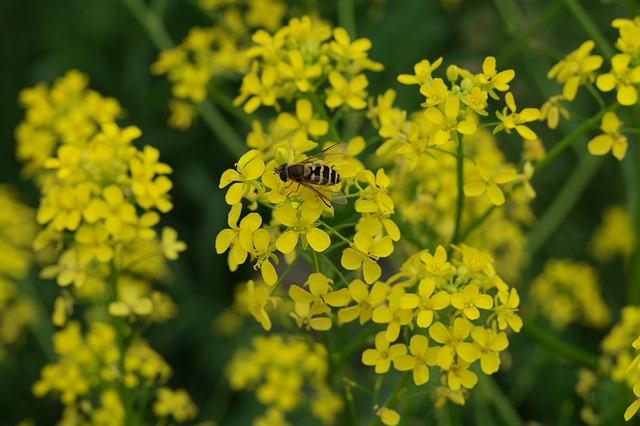 |  |  |  |  |
 |  |  |
Annual, biennial (most often) or perennial plant, branched, with almost entire leaves with a finely toothed edge, tufted, split, divided or cochleate. The plant has hairs. The plant is a valuable honey plant!
The flowers are yellow or white, collected in a short (1-2 cm long) shield-shaped inflorescence, in the presence of fruits it lengthens to 10-20 cm. Fruit - an oval-shaped pod, naked, two-celled, with one-seeded or two-seeded nests, placed one above the other.
For medicinal purposes, the above-ground part of the plant is harvested before flowering (if harvested later, the product loses its taste and medicinal value), roots and seeds. The plant is harvested from July to September, during which time the plant's value is the highest. Prune before flowering, before the branches are woody and green. Dry in the shade, in a dry place. The dried drug can be used for medicinal purposes.
The above-ground part of the plant contains 8.4% protein, <10% vegetable fat, 33% nitrogen-free extractives. The seeds contain <32% vegetable fat. One kilogram of dried plants contains 214 mg of iron, 8.4 mg of copper, 29.2 mg of manganese, 40 mg of titanium, 4.0 mg of molybdenum, 16.8 mg of boron. Nickel and titanium were also discovered later. Vitamin C in a fresh plant can reach 49 mg.
Medicinal significance
The valuable properties of the plant can be explained by its vitamin C, iron, manganese, copper, protein, fiber and essential oils. Due to the presence of iron, it contributes to the increase of hemoglobin content in the blood, which is especially relevant in case of anemia.
Warty-cabbage
are often used in case of loss of appetite, for the treatment of atherosclerosis, inflammation of the upper respiratory tract and for strengthening immunity.
In folk medicine, the
Warty-cabbage
is used for the treatment of stomach and intestinal diseases, it is useful for diarrhea, as well as for the treatment of liver, jaundice, rheumatism and lung diseases, it will also be useful as a diuretic.
In folk medicine, scientists use the juice of the
Warty-cabbage
to treat benign and malignant tumors, dried flowers are used to treat joints. In folk medicine, infusions and decoctions are prepared from this plant, which are effective in cases of scurvy, children's convulsions, and upper respiratory tract diseases.
